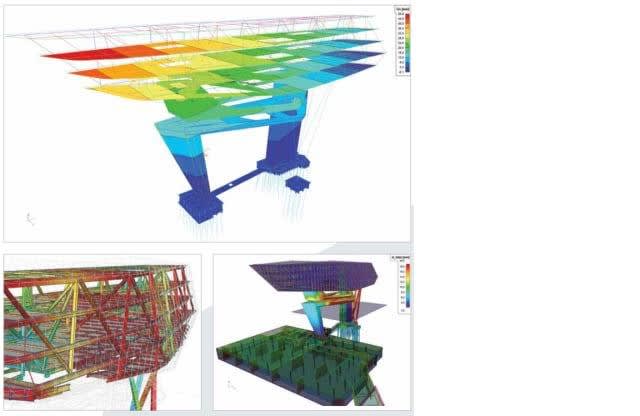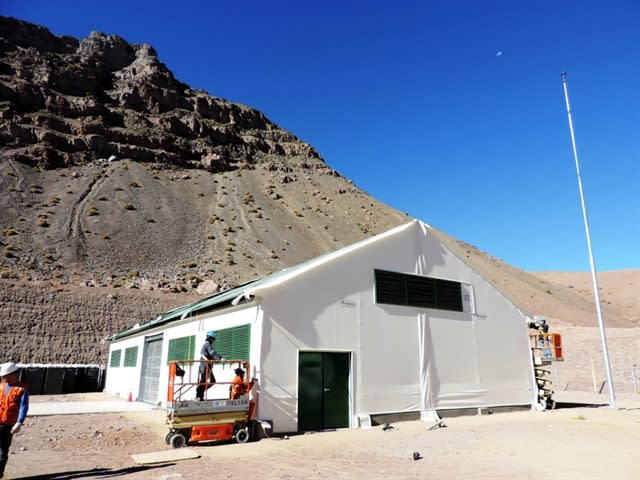Nivrah
Mechanical
- Feb 15, 2011
- 43
Hi all,
I have an NSK deep groove ball bearing designation num 6008.This has 12 ball elements. Can anyone point out another bearing manufacturer equivalent that has the same number of balls? or more!
Secondly: We have had numerous failure of this 6008 NSK and I suspect that it may be mounting problem from our fitters imparting shock loads to it since there are dents at ball pitch of the stationary inner raceway.
I am looking at different scenarios and one of the question I have :
if I utilise an equivalent bearing with more ball elements, this may help reduce the load distribution on the ball elements, right?
I have an NSK deep groove ball bearing designation num 6008.This has 12 ball elements. Can anyone point out another bearing manufacturer equivalent that has the same number of balls? or more!
Secondly: We have had numerous failure of this 6008 NSK and I suspect that it may be mounting problem from our fitters imparting shock loads to it since there are dents at ball pitch of the stationary inner raceway.
I am looking at different scenarios and one of the question I have :
if I utilise an equivalent bearing with more ball elements, this may help reduce the load distribution on the ball elements, right?




